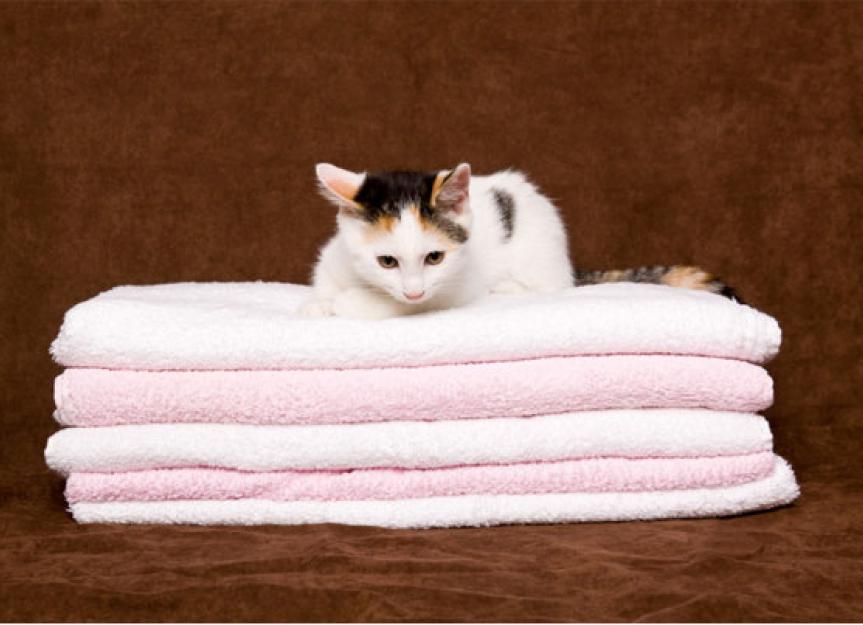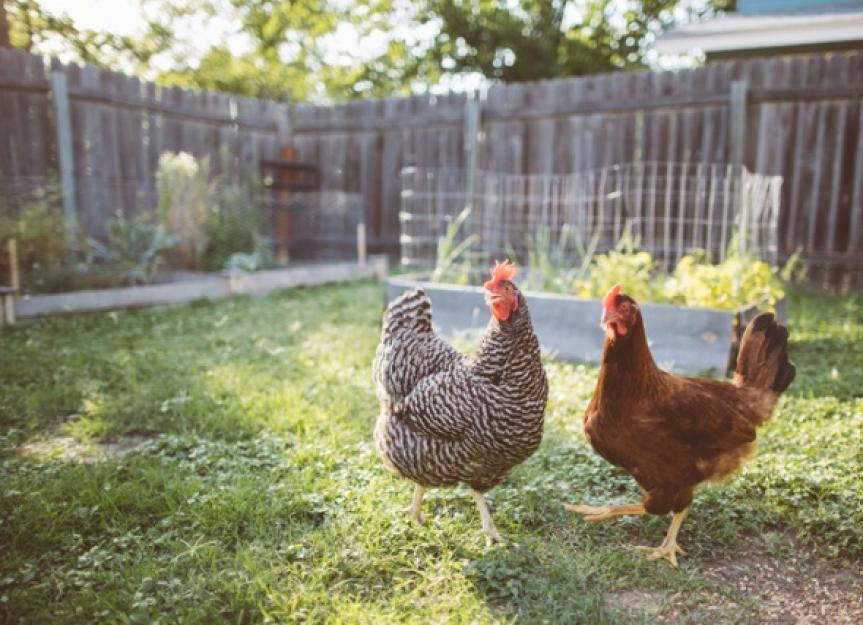As a modern cat owner, you’ve probably heard of a “limited ingredient” cat food. Perhaps your veterinarian has recommended one of these diets to treat your cat’s food allergies, or maybe you saw a grain-free limited ingredient diet advertised as the most natural option for your cat.
However, before these foods end up in your cat’s bowl, it’s important to know what these diets entail, which cats they can truly benefit from, and how to choose a product that works how you and your veterinarian want it to.
What Does “Limited Ingredient Cat Food” Mean?
In theory, a limited-ingredient cat food diet is exactly as it sounds: a diet with fewer ingredients. The goal is to limit the number of protein and carbohydrate sources while maintaining a nutritious diet, usually to avoid adverse food reactions or food allergies.
However, the term “limited ingredient” is not regulated by the FDA. That means that pet food companies can write “limited ingredient” on the label of any cat food, no matter how many ingredients there are.
If you want to make sure you are feeding a limited-ingredient diet, you will have to look at the pet food label and the ingredient list and compare it to some other ingredient lists, or better yet, ask your veterinarian to take a look.
What Is in a Limited Ingredient Cat Food?
A truly limited-ingredient cat food will have the following ingredients and little else:
- One protein source
- One carbohydrate source
- Supplements
- Fats to balance the nutrition
Cats are obligate carnivores, meaning they must eat meat, so it is very important that the protein source be of animal origin. In limited-ingredient diets, the animal protein is usually a “novel protein,” or one your cat probably has not been exposed to before.
Common veterinary-recommended protein sources in limited-ingredient diets include:
Carbohydrate sources that are often used in limited-ingredient diets include potatoes and peas.
Fruits, additional vegetables, and additives such as kelp should be generally avoided in a diet made for treating food allergies, as they can interfere with determining a cat’s response to the protein source.
Is a Grain-Free Diet a Limited Ingredient Cat Food?
Although grain-free cat food diets may have ingredient restrictions, they are not considered by veterinarians to be limited ingredient diets.
The term “grain-free” is not regulated by the FDA and is used more for marketing than to indicate food content or quality. It also says nothing about the number of ingredients used. These diets generally swap out whole grains for other carbohydrate sources such as lentils, peas, and sweet potatoes, but they have very similar protein sources to other cat foods (poultry, egg, and fish).
There is still no evidence to suggest that grains are harmful to cats (grain allergies are exceedingly rare), and most cats digest them very well. That said, there are grain-free, limited-ingredient diets whose carbohydrate sources are not grain based if you and your veterinarian decide that is best for your cat.
Is Limited Ingredient Cat Food Better?
If your cat is healthy, there is no reason to try to switch to a limited-ingredient diet because you think that it might be “better” for them. The nutrients in your cat’s food are much more important than the ingredients that provide them.
A well-balanced diet made from chicken, beef, eggs, and rice is likely better than a limited-ingredient cat food that is poorly balanced but made from a novel protein.
Does My Cat Need a Limited Ingredient Food?
The most common reason for a cat owner to seek out a limited-ingredient diet is to try to diagnose and/or treat a food allergy.
Symptoms that may be linked to allergies include:
Vomiting
Diarrhea
Itchy skin
Frequent ear infections
But true food allergies are not as common as you may think. However, if your veterinarian does suspect a food allergy, they may recommend a diet trial with a limited ingredient diet. Limited-ingredient diets may also be useful in the treatment of pancreatitis and inflammatory bowel disease.
If you wanted to switch because you thought that maybe a limited-ingredient diet could prevent a food allergy from developing in the first place, it would actually do more harm than good. Exposing your cat to exotic proteins such as venison, kangaroo, and duck may even make it harder to treat a real allergy (in the unlikely event that one develops), as those novel protein options will no longer be available to you for a diet trial.
Using LID Cat Food to Test for Food Allergies
High-quality limited-ingredient diets are readily available, but due to issues with contamination control in store-brand limited-ingredient diets, most veterinarians exclusively recommend a prescription hydrolyzed protein diet for food allergy testing. Prescription pet food companies like Royal Canin have stringent quality control, even going as far as PCR testing for contaminant proteins.
In prescription hydrolyzed diets, the protein molecules are broken down into microscopic pieces that the body can use and digest but not recognize as potential allergens. If your cat has been exposed to many different protein sources, this type of diet may take the guesswork out of a diet trial.









.jpg)